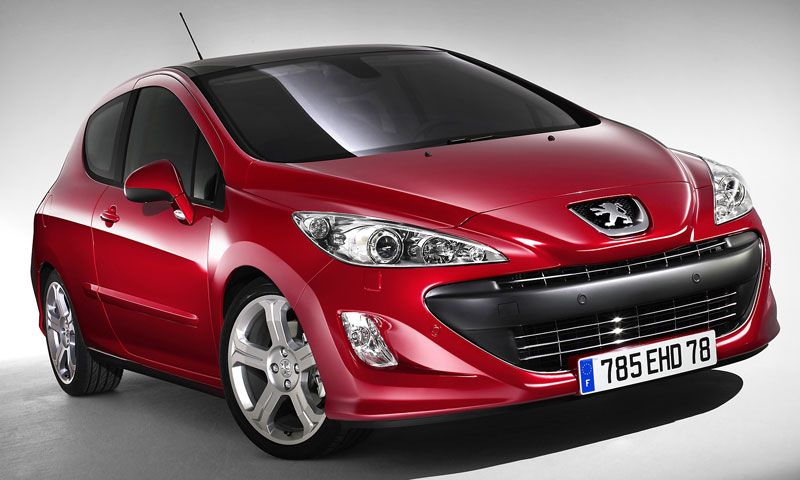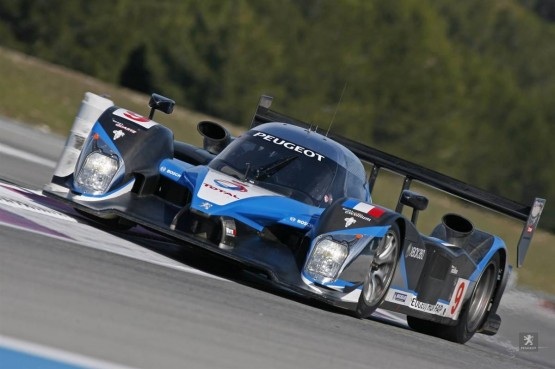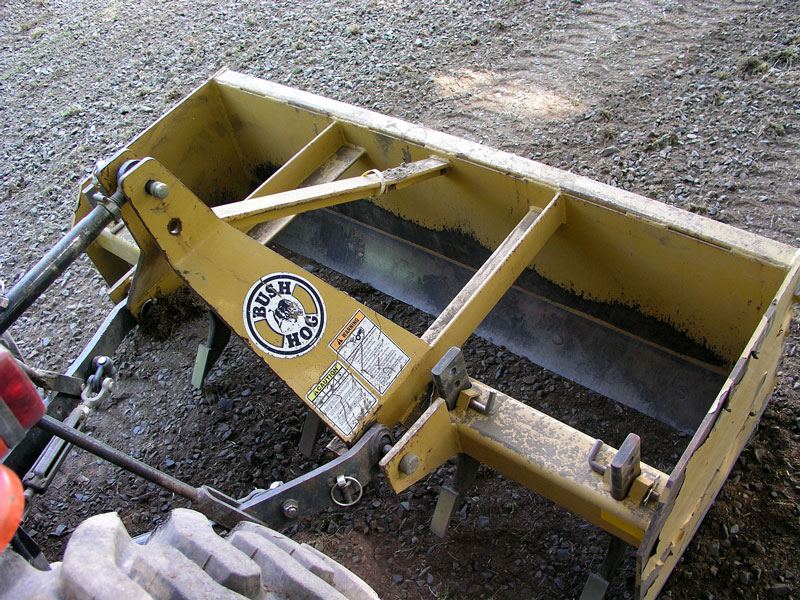My daily driver is in need of a little TLC. The clutch is making an odd noise, and the CEL is on, with the car showing symptoms (again) of a clogged intake manifold and EGR. I figured I’d tackle those today. The clutch could be something simple as a good fluid flush (it has been way too long since I flushed the hydraulics in this car… (bad owner!) So since that job is easy I did it first. On the Jetta it is best to remove the entire air cleaner box to access the fluid reservoir and the clutch bleed screw. From there it is a very fast process…
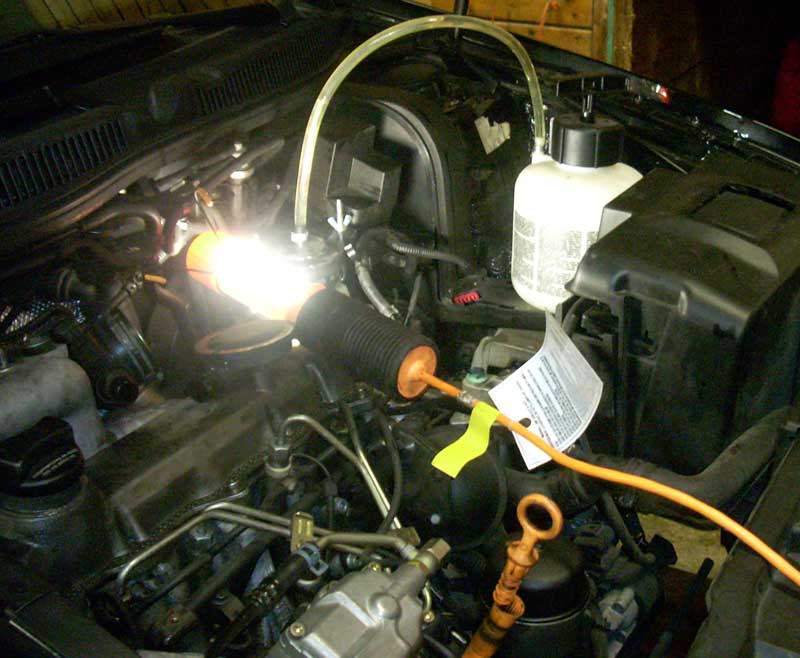
I have a “power bleeder” which makes the job pretty easy, the greatest benefit being that I can do the job alone without somebody to pump the brake pedal. It uses air pressure to push fluid through the system. I sucked out as much old brake fluid from the reservoir as possible, using a turkey baster (one I bought JUST for car-maintenance!) Then I filled it with fresh Castrol LMA DOT 4, attached the bleeder to the reservoir, and poured the rest of the Castrol into the bleeder’s bottle. Next I use the hand pump atop the bleeder to raise the air pressure inside the bleeder to about 10 PSI, and then walk around the car with an old milk jug, a length of clear tubing, and an 11mm combination wrench to open the bleed screws.
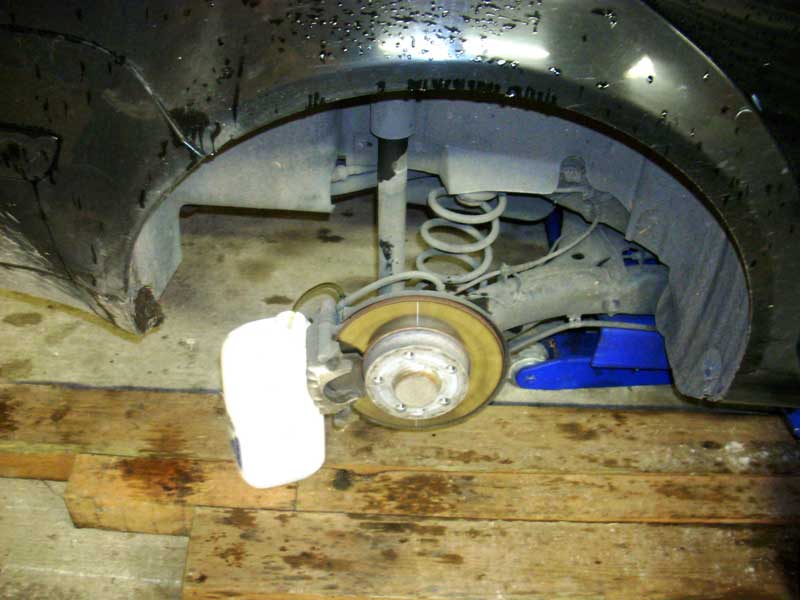
Once the fresh clean fluid starts running through the bleed screw is closed and I move on to the next corner of the car. The last item is the clutch bleed screw which is in the engine compartment. I did the whole car in about 5 minutes once the fluid started flowing. I expected the old fluid to be really bad, but it was surprisingly clean given how long I let it run between changes!
Next up I took on the EGR and intake cleaning. It has been less than a year since I did this, which bothers me. It is a real PITA task with lots of stuff to pull of the car, and many fasteners in hard to reach places. The EGR is easy to open and look at early in the process, and sure enough it looked very sooty… but nowhere near as much as last time. As I progressed I discovered a cracked exhaust cooler feed pipe which may explain the car’s behavior more than a clog would.
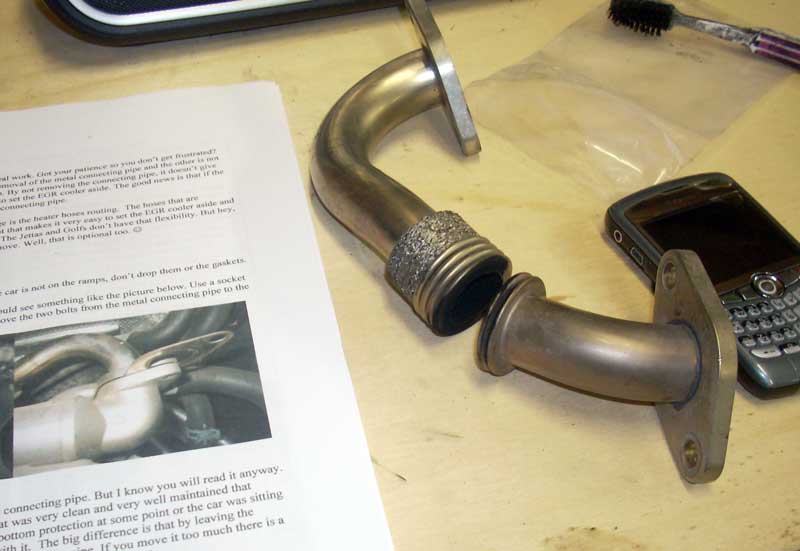
I’ll have to buy another one, which likely will take a while to track down.
Meanwhile, I’m going to forge ahead and remove the intake and give it a good cleaning. While not as gummed up as last time it still could use a cleaning while I’m in there. I managed to get most of the way there today with only 5 more bolts to go to remove it.
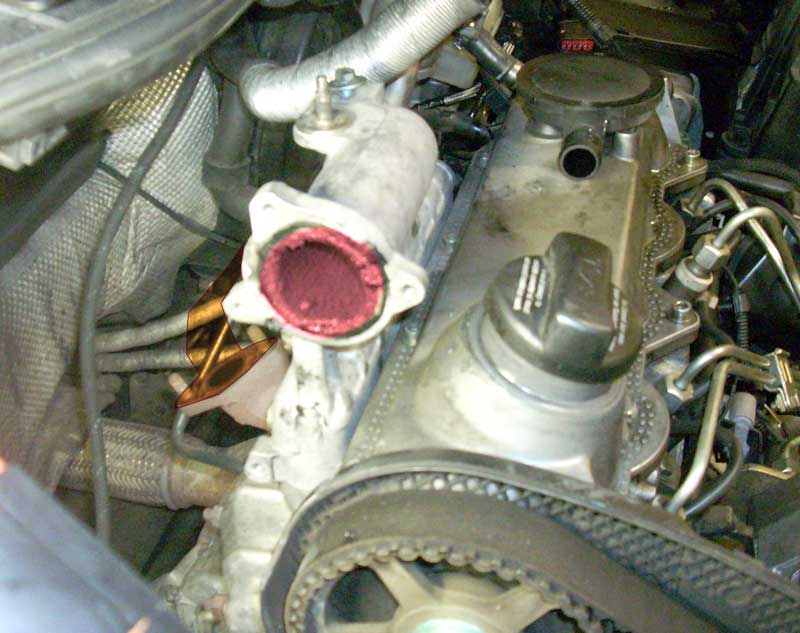
I’ve highlighted in RED the intake manifold where the EGR pumps exhaust back into the engine’s intake. No the soot is not naturally pink, it just looks that way! To the left of it I’ve highlighted in ORANGE where that (now cracked) pipe routes.
I’ll update everyone as I progress.




